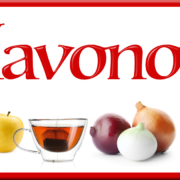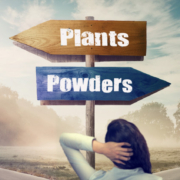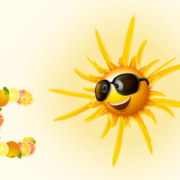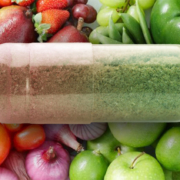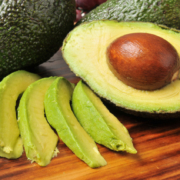Are Furocoumarins the Problem?
If you’ve been reading the Memos for any length of time, you know I talk about phytonutrients a lot. They’re chemicals in plants that help the plant protect itself against threats such as bacteria, insects, birds, and anything that wants to eat them—such as humans. You might also believe that all phytonutrients are safe and beneficial. That might not be true. Let me explain.
The purpose of the studies on citrus consumption and skin cancer was related to the observation that a class of phytonutrients called furocoumarins (FUR) could be related to an increase in skin cancer, especially melanoma. It turns out that these phytonutrients are photosensitive; when exposed to light, they may cause damage to cell layers. Furocoumarins have been used as a treatment for psoriasis. And one of the major sources of FUR is citrus fruit.
In the study I mentioned Tuesday, the study found a 36% increase in cases of melanoma in those who consumed the most citrus, specifically grapefruit, compared to those who consumed the least. In a similar study on the subject in the Women’s Health Initiative, eating and drinking citrus resulted in a 12% increase in cases of melanoma over 15 years. That assumes that the fruit and juice actually contained the furocoumarins. More about that on Saturday.
What do the results mean for us? In 2016, 22 out of every 100,000 people had some form of melanoma. A 36% increase in the rate would mean that 30 out of every 100,000 people would be affected, and a 12% increase would be 26 out of every 100,000 people. Remember, that risk is for those who consumed citrus every day for 24 and 15 years respectively. As you might expect, nothing is as ever as simple as it seems as you’ll find out on Saturday.
What are you prepared to do today?
Dr. Chet
References:
1. J Clin Oncol 2015:33:2500-2508.
2. Nutr Cancer. 2020;72(4):568-575.


